SABENA, whose name was just the acronym for “Societé Anonyme Belge d’Exploitation de la Navigation Aérienne”, was the flag carrier of Belgium since its founding in 1923 until 2001. But what happened to this once proud national airline? Diogo Monteiro looks at its history.
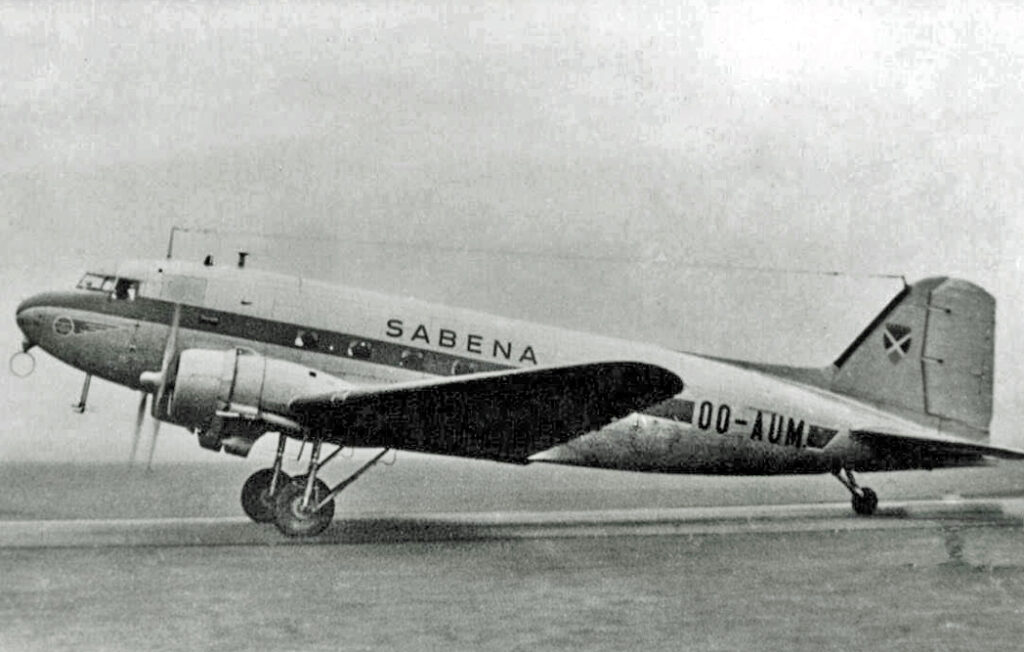
By RuthAS – Own work, CC BY 3.0, https://commons.wikimedia.org/w/index.php?curid=10670294
SABENA was founded in part by Belgian citizens, living in the Belgian Congo (at the time a colony) who had lost their only air connection between Léopoldville, Lisala, and Stanleyville in the previous year. This is the reason why, since its foundation, SABENA has occupied an important place in the history of Belgium and in the connections between Europe and Central Africa, having been a pioneer in 1925 with long-haul flights between the two continents, connecting Brussels to Leopoldville (Capital of the Belgian Congo). With this paradigm, SABENA maintained a long and strong tradition of serving African destinations, with these destinations being the only profitable routes for the airline for some time.
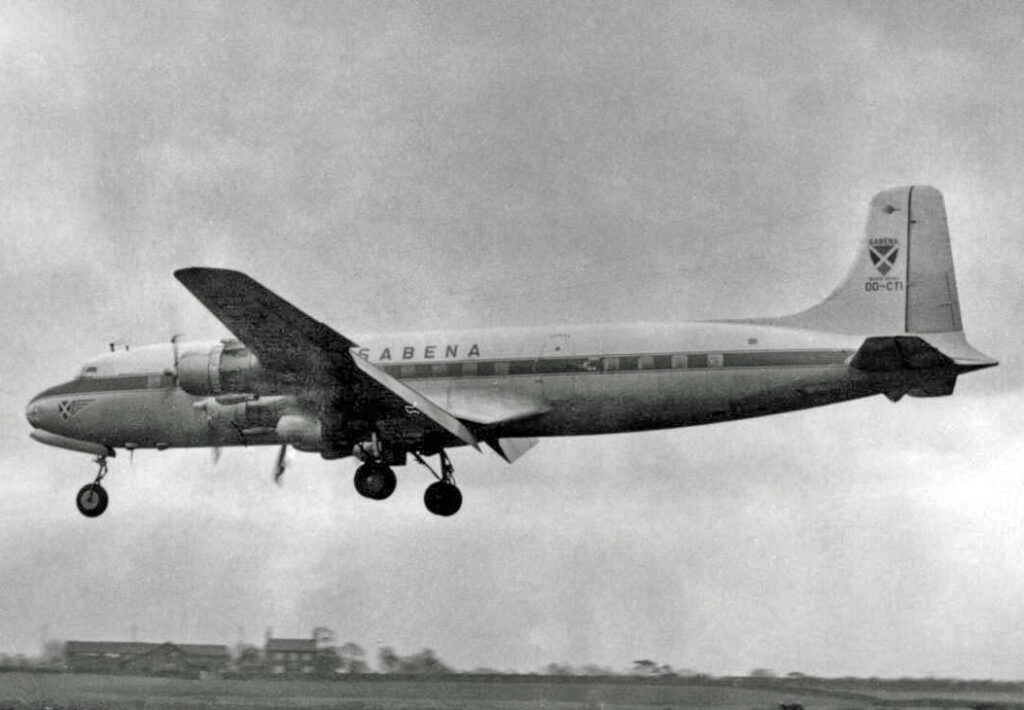
By RuthAS – Own work, CC BY 3.0, https://commons.wikimedia.org/w/index.php?curid=10670314
SABENA’s development over the years has not contrasted much with that of other European airlines. Initially, until the beginning of World War II, the airline only used smaller planes for specific destinations, maintaining routes only to Africa during the II World War. After the end of the conflict in 1945, the airline gradually introduced Douglas planes, which allowed the expansion of its network, which reached its peak in 1957, with the introduction of the DC-7 for transatlantic routes and for important flights from Africa.
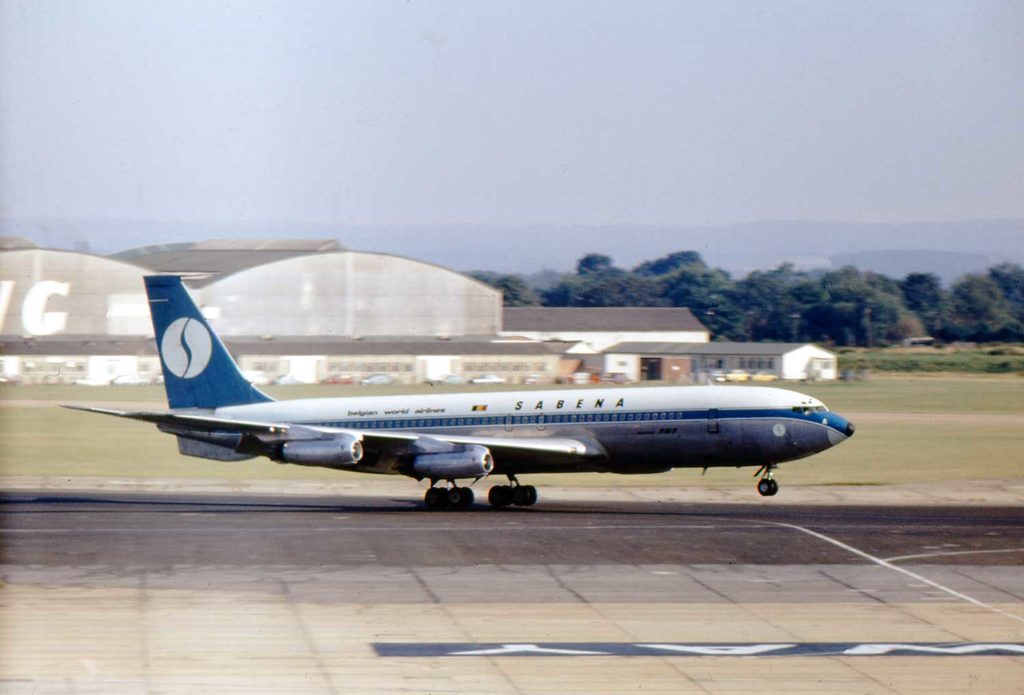
The end of this initial period of expansion, associated with the post-war period, ended in 1960, when SABENA introduced its first jet aircraft into its fleet: the iconic Boeing 707 to serve longhaul routes, having been one of the first airlines from Europe operating a jet in the Atlantic. This was followed by the introduction of the Caravelle for medium-haul routes, operating in parallel with the Convair 440, and later in 1967 the Boeing 727-100, which was also incorporated into the fleet.
The early 1960s saw a major upheaval for SABENA in the Congo. Widespread riots against Belgian settlers in the months leading up to and following the independence of the Democratic Republic of the Congo caused thousands of Belgians to flee the country. The Belgian Government confiscated SABENA’s entire long-haul fleet to bring Belgian refugees back to Europe. Congo’s independence also marked the end of the impressive regional network of routes that the airline had built up in the Congo since 1924.
Network and Fleet Growth
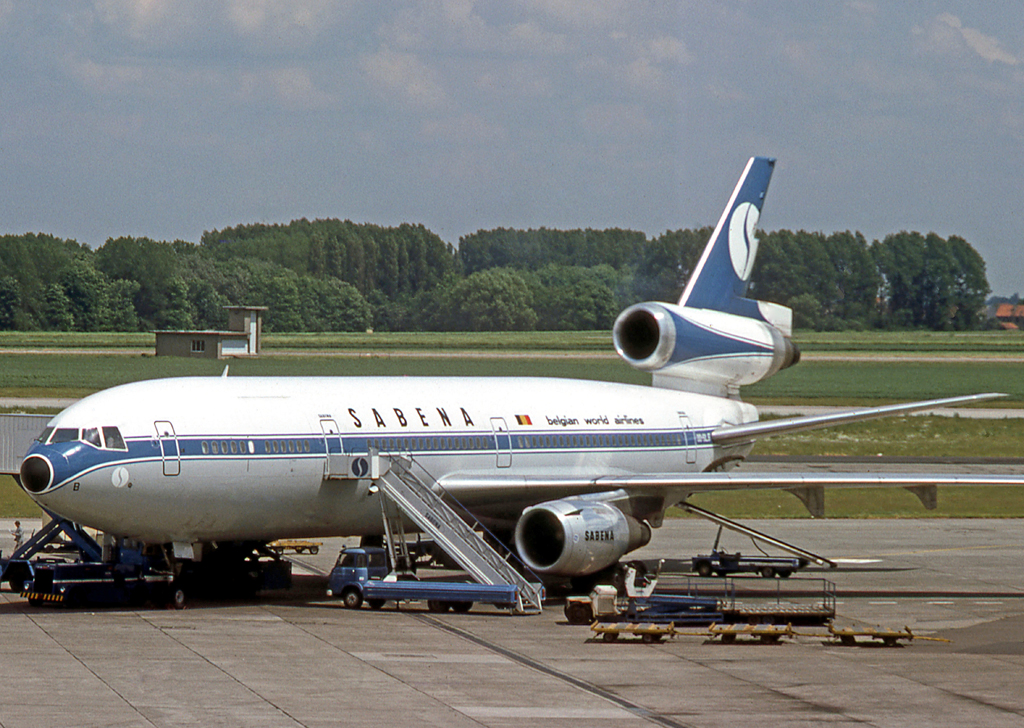
By RuthAS – Own work, CC BY-SA 3.0, https://commons.wikimedia.org/w/index.php?curid=48175887
The 1970s were marked by an increase in the fleet and network: SABENA became an operator of the classic Boeing 747 on long-haul routes (especially to New York), with the 747 operating in conjunction with the 707 and the DC -10-30 in 1974. It was also in the 1970s that the Boeing 727s ended their service with SABENA, with the airline opting for the purchase of Boeing 737-200s for European medium-haul routes from 1973 onwards.
It was in the first half of the 1980s that SABENA entered in the Airbus era, with the acquisition of the Airbus A310 for routes with high passenger density in 1984. The introduction of this aircraft was the necessary support for SABENA to modernize its corporate image. In 1983, the first 747-300 landed in Brussels, already sporting the new airline colours, with the aim to replace the old Boeing 747-100s.
It is in the early 1990s that the beginning of the end of SABENA begins to be drawn due to a radical change in the way of operating and in the European aeronautical environment. To face the new challenges of the decade, a new name was adopted: SABENA World Airlines and a new livery. New decade, new planes: The DC-10-30 and the iconic 747 are replaced by the more efficient and modern Airbus A330 and Airbus A340 respectively.
Financial Struggles and Mergers
As mentioned, the European aeronautical paradigm changed with the liberalization of the European air sector, together with all the economic consequences that the Gulf War had brought. With these serious problems on the horizon, the airline’s main shareholder, at the time, the Belgian Government, realized that SABENA had little or no chance of surviving alone in a market that had become much more aggressive and competitive. With the first nuances of creating commercial alliances between airlines on the horizon, the Belgian Government quickly began a search to find a commercial partner to match the Belgian flag carrier.
SABENA entered a precarious financial situation and, year after year, the Belgian Government had to cover the financial losses, but was quickly prevented from providing new funds due to the European Union state aid rules (which are still in force today).
Around 1987, the Scandinavian airline SAS tried to merge with the Belgian airline, but the merger was blocked by the Belgian authorities. In 1989, British Airways and KLM bought SABENA shares, which were later sold again to the Belgian Government. In 1993 the scenario repeated itself, with Air France acquiring a large minority stake in SABENA, which was later sold. Finally, in 1995, Swissair appears and buys 49% of SABENA’s capital and takes over the administration and operational management of the airline.
With Swissair taking over the operational management of SABENA, in March and April 1998, two MD-11s are leased from CityBird, which are incorporated into the fleet, in order to reintroduce long-haul destinations such as New York – Newark, Montreal and São Paulo. An order is also placed for 34 aircraft from the Airbus A320 family, with the aim of standardizing the fleet and reducing operating and training costs, operating in parallel with the Swissair Airbus fleet.
The End of SABENA
The beginning of the millennium was not easy for SABENA, nor for the airlines in general that crossed the Atlantic. A deep air recession stemmed from the terrorist attacks of September 11th, 2001 in New York and Washington DC. Swissair, SABENA’s parent company, promised to invest millions in the Belgian airline, but failed to do so, in part because the Swiss airline itself was already in serious financial trouble, having filed for bankruptcy protection a month earlier.
SABENA, unable to find sources of quick financing, filed for legal protection against its creditors on October 3rd and went into liquidation on November 6th, 2001. On the same day, Fred Chaffart, chairman of SABENA’s board of directors, read a statement explaining the decision.
SABENA’s last day of operations took place the following day, on November 7th, 2001, with flight SN690 (operated by an Airbus A340-300, registration OO-SCZ), departing from Abidjan in Côte d’Ivoire, (with a stopover in Cotonou, Benin), being this, the last SABENA flight to land at Zaventem Airport in Brussels. The A340, which carried 266 passengers plus 11 crew closed a 78-year cycle. It was the end of the story, not desired for an airline that was emerging as a flagship of the Belgian national economy and a legendary airline worldwide in the aviation sector.
After SABENA
In the midst of the collapse of the airline, a group of investors managed to acquire Delta Air Transport, (which was one of SABENA’s subsidiaries), transferring some assets of SABENA, transforming it into “SN Brussels Airlines” in 2002. This new airline merged with Virgin Express in 2006, in order to form a new airline that endures to this day: Brussels Airlines, belonging to the Lufthansa Group nowadays.
After the fall of SABENA, the Belgian Government decided to create a committee to investigate the reasons that led to the fall of the airline. Among several conclusions drawn, it was concluded that one of the direct causes of the airline’s bankruptcy was the fact that Swissair did not fulfill its contractual obligations and did not inject the necessary funds into SABENA. This is because at the time Swissair was also having its own financial problems. Swissair itself went bankrupt in October 2001 and was liquidated in March 2002. In an agreement signed on July 17, 2001, the Belgian Prime Minister Guy Verhofstadt met with Swissair CEO Mario Corti, who agreed to inject 258 million Euros into SABENA as a ransom. Belgian politicians also took some of the blame: Rik Daems, who at the time was Minister for Enterprises and Public Equities, Telecommunications and Middle Classes, received the most criticism, due to his lack of commitment in the matter.
SABENA, was one of the last classic airlines in Europe to go bankrupt, revealing how fragile and competitive the air transport sector was at the time, very accentuated with the events of 9/11.
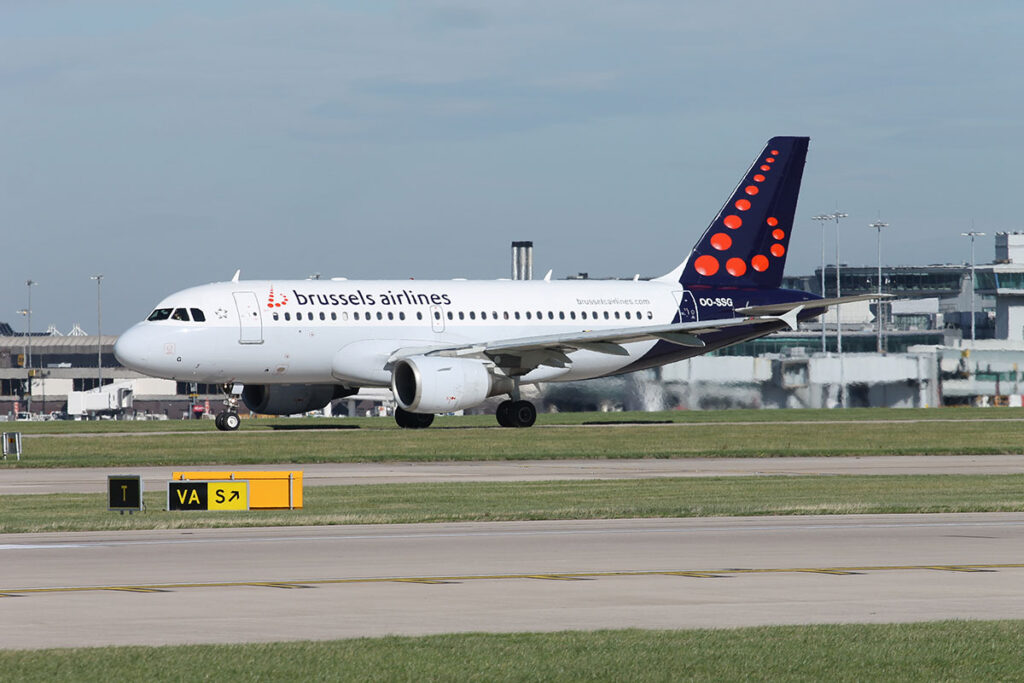
SABENA’s legacy can still be seen today in some museums spread across Europe, by some aircraft still flying in different operators, and indirectly, by the current Brussels Airlines, which absorbed several assets and employees of the bankrupt airline, which, in the past, it was one of the most luxurious in Europe.
 Lost Airline Colours of Europe
Lost Airline Colours of Europe
See pictures of SABENA and many other lost European airlines and colour schemes in Lost Airline Colours of Europe – our full colour photographic airline history book.
Order Here

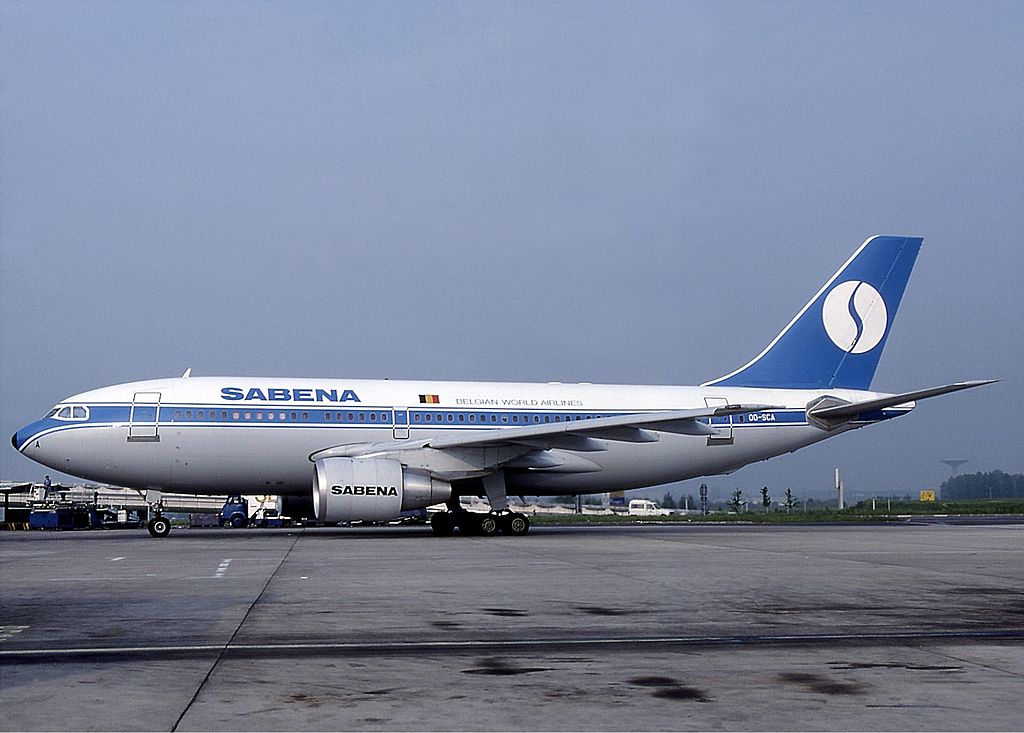
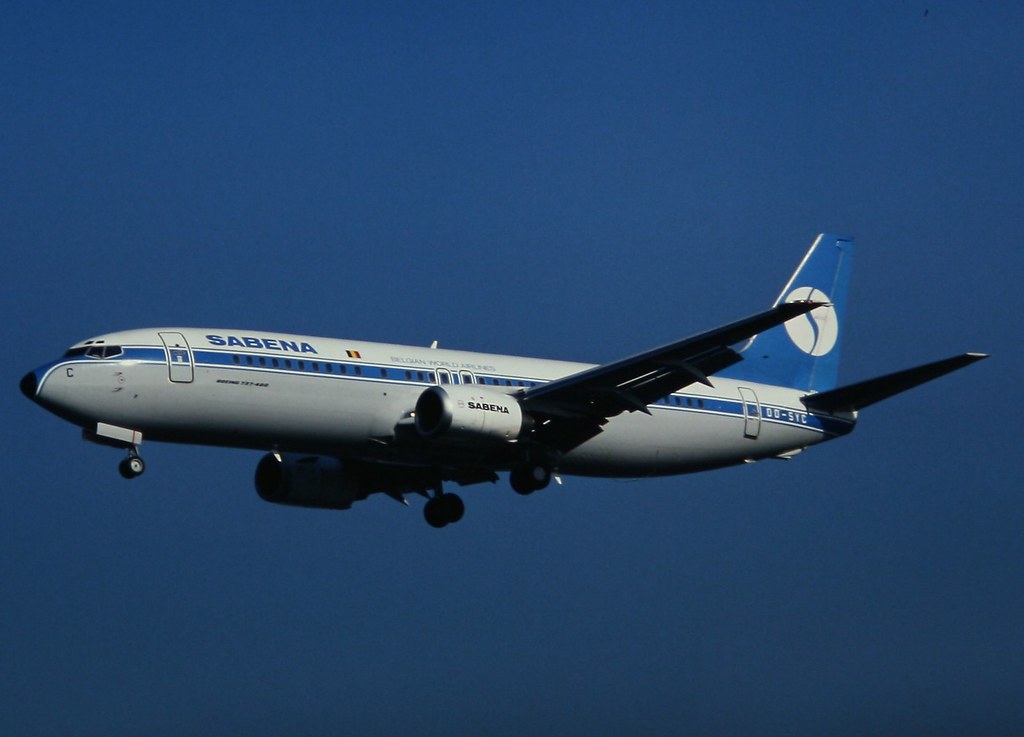

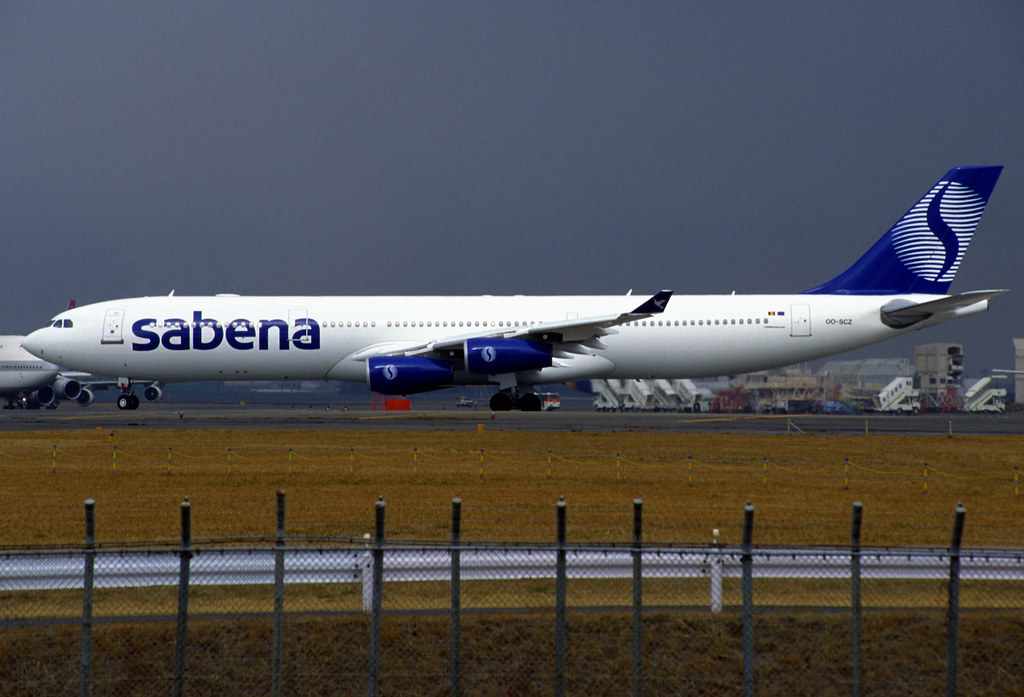
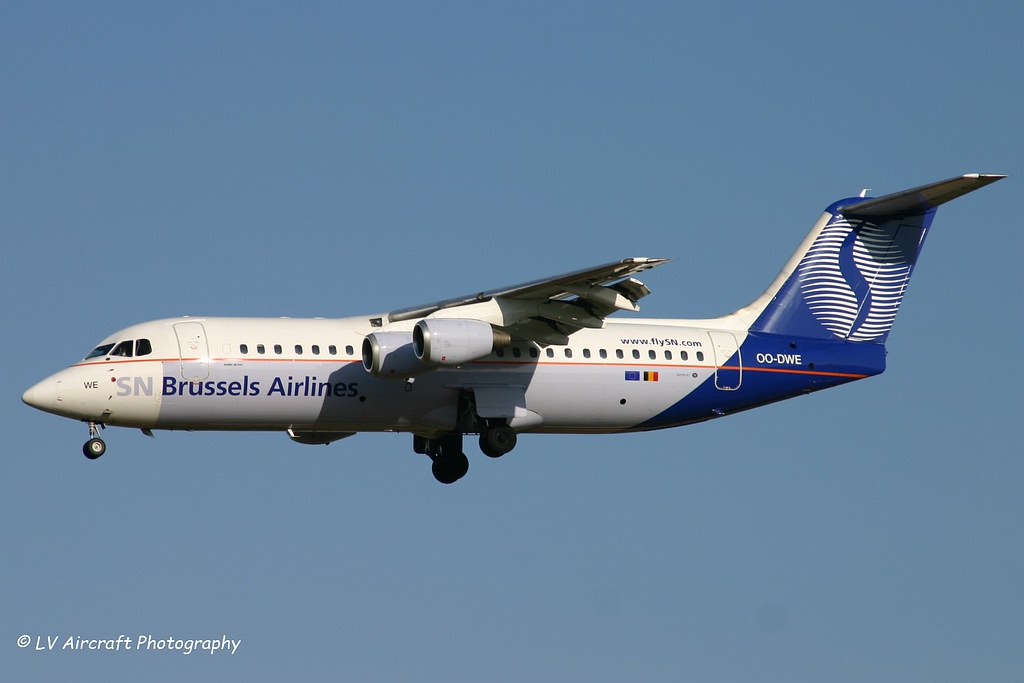
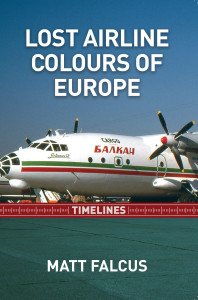



2 comments
Interesting but contains two major typos that change the context: ” two MD-11s are leased to CityBird,” Should read ” two MD-11s are leased FROM CityBird,” And Boeing 747-300 was not introduced in 1973, but 1983!
Thanks Steve! These silly mistakes have been corrected!